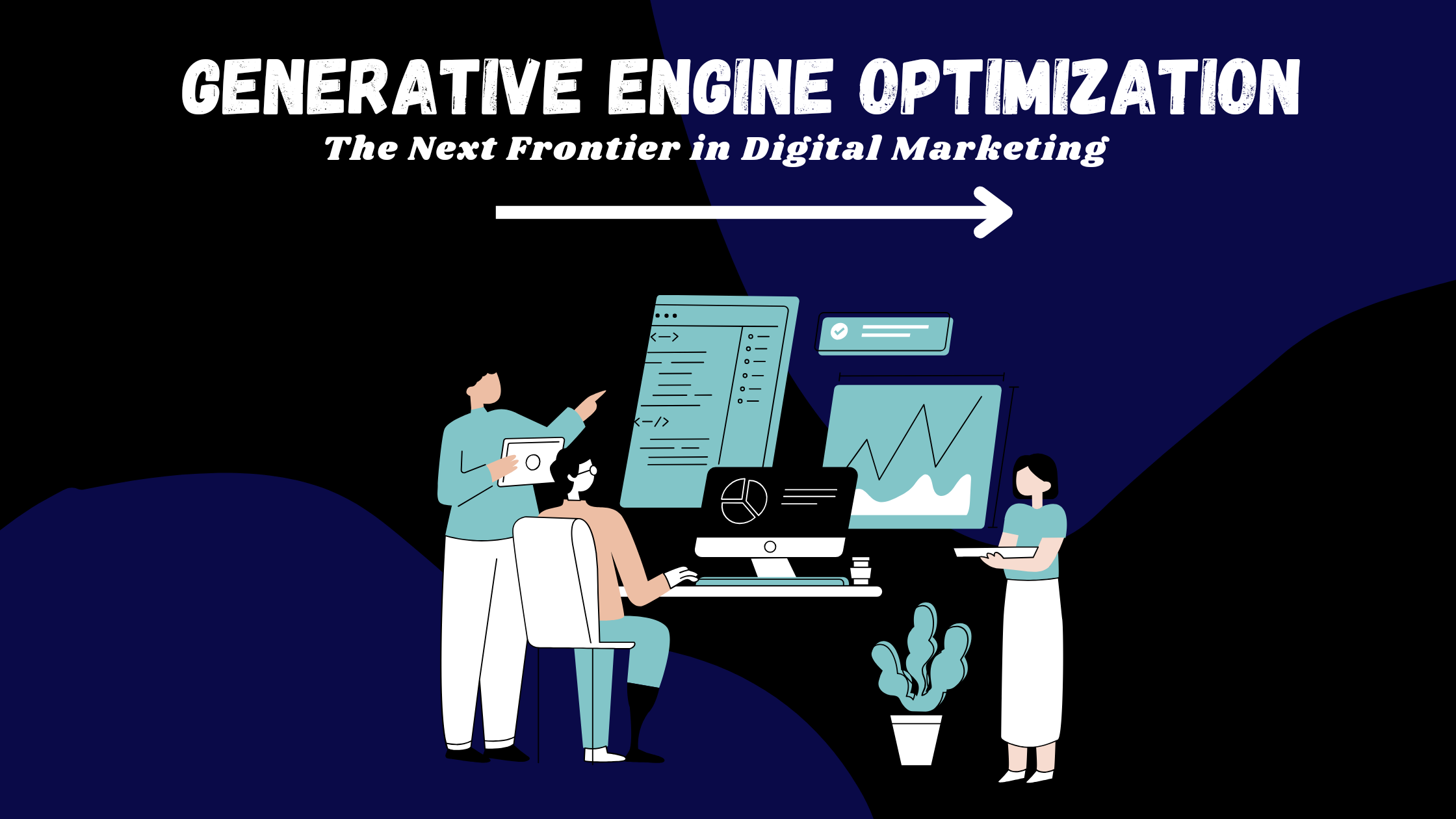In the evolving world of digital marketing, staying ahead of the curve is crucial. One of the latest advancements making waves is Generative Engine Optimization (GEO). This cutting-edge approach harnesses the power of artificial intelligence to create, optimize, and personalize content in ways that were previously unimaginable.
In this article, we’ll delve into what GEO is, how it works, and why it’s poised to revolutionize the digital marketing landscape.
What is Generative Engine Optimization?
Generative Engine Optimization is the process of leveraging generative AI models, such as GPT-4 and beyond, to enhance digital content creation and optimization. Unlike traditional SEO, which focuses on optimizing content for search engines through keywords, backlinks, and other tactics, GEO goes a step further by using AI to generate high-quality, relevant content tailored to specific audiences.
How Does Generative Engine Optimization Work?
GEO combines several advanced technologies to deliver its unique benefits:
- Natural Language Processing (NLP): NLP enables AI models to understand and generate human-like text. By analyzing vast amounts of data, these models can create content that is not only coherent and engaging but also optimized for search engines.
- Machine Learning (ML): ML algorithms learn from historical data to improve the AI’s ability to generate content. This means that over time, the AI can better understand what types of content perform well and tailor its outputs accordingly.
- Data Analysis: GEO relies heavily on data analysis to identify trends, preferences, and patterns. By analyzing user behavior, search trends, and competitor strategies, GEO can create content that is both relevant and competitive.
The Benefits of Generative Engine Optimization
- Efficiency: GEO can significantly reduce the time and effort required to create high-quality content. This allows marketers to focus on strategy and creativity rather than spending countless hours writing and editing.
- Scalability: With GEO, businesses can scale their content creation efforts effortlessly. Whether you need blog posts, social media updates, or product descriptions, GEO can generate a large volume of content quickly and efficiently.
- Personalization: One of the standout features of GEO is its ability to create personalized content. By analyzing user data, GEO can generate content that speaks directly to individual preferences and needs, resulting in higher engagement and conversion rates.
- Consistency: Maintaining a consistent brand voice and style is essential for building brand identity. GEO ensures that all content produced aligns with your brand’s tone and messaging, providing a cohesive experience for your audience.
Implementing Generative Engine Optimization
To get started with GEO, follow these steps:
- Choose the Right Tools: There are various AI-powered tools available for generative content creation. Look for platforms that offer robust NLP and ML capabilities, such as OpenAI’s GPT-4, Jasper, or Copy.ai.
- Define Your Goals: Clearly outline what you aim to achieve with GEO. Whether it’s increasing website traffic, improving user engagement, or boosting sales, having specific goals will guide your content strategy.
- Collect and Analyze Data: Gather data on your target audience, industry trends, and competitor strategies. Use this data to inform your content creation and optimization efforts.
- Create a Content Plan: Develop a content plan that aligns with your goals and leverages GEO. Determine the types of content you need, the frequency of publication, and the platforms you’ll use for distribution.
- Monitor and Optimize: Continuously monitor the performance of your content and make adjustments as needed. Use analytics tools to track key metrics such as traffic, engagement, and conversions, and refine your strategy based on the insights gained.
Challenges and Considerations
While GEO offers numerous benefits, it’s important to be aware of potential challenges:
- Quality Control: Ensuring the quality and accuracy of AI-generated content can be challenging. Regularly review and edit the content to maintain high standards.
- Ethical Considerations: The use of AI in content creation raises ethical questions about authenticity and transparency. Be transparent with your audience about the use of AI and ensure that the content generated aligns with ethical guidelines.
- Dependence on Data: GEO relies heavily on data for optimal performance. Ensure that you have access to accurate and comprehensive data to maximize the effectiveness of your GEO efforts.
The Future of Generative Engine Optimization
As AI technology continues to advance, the potential for GEO is limitless. Future developments may include even more sophisticated AI models capable of generating multimedia content, interactive experiences, and real-time personalization. Businesses that embrace GEO now will be well-positioned to lead the way in the next era of digital marketing.
Generative Engine Optimization represents a significant leap forward in the world of digital marketing. By leveraging the power of AI, businesses can create high-quality, personalized content at scale, driving engagement and conversions like never before. As with any new technology, it’s essential to approach GEO with careful planning and consideration. By doing so, you can unlock its full potential and stay ahead in the competitive digital landscape.

Leave a Reply